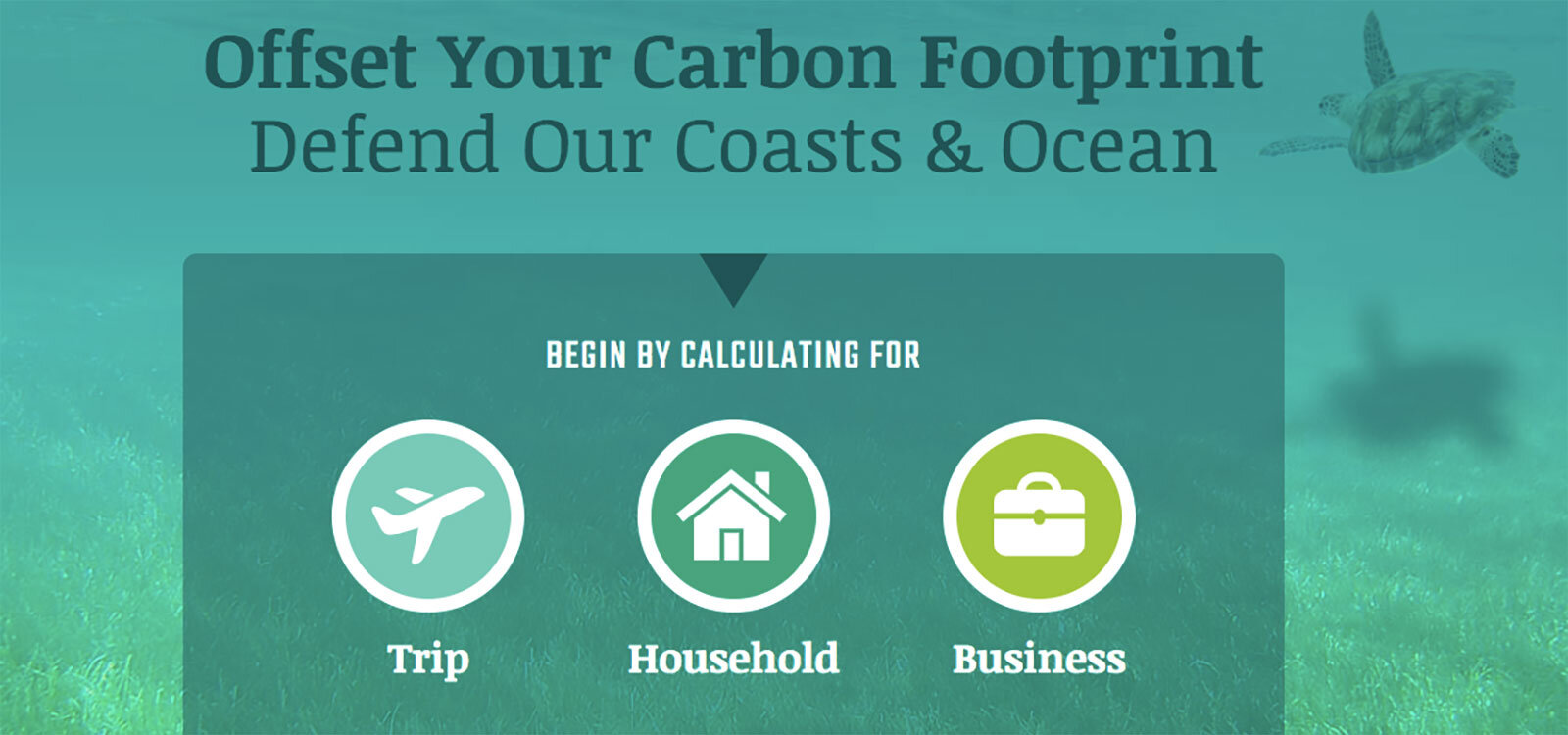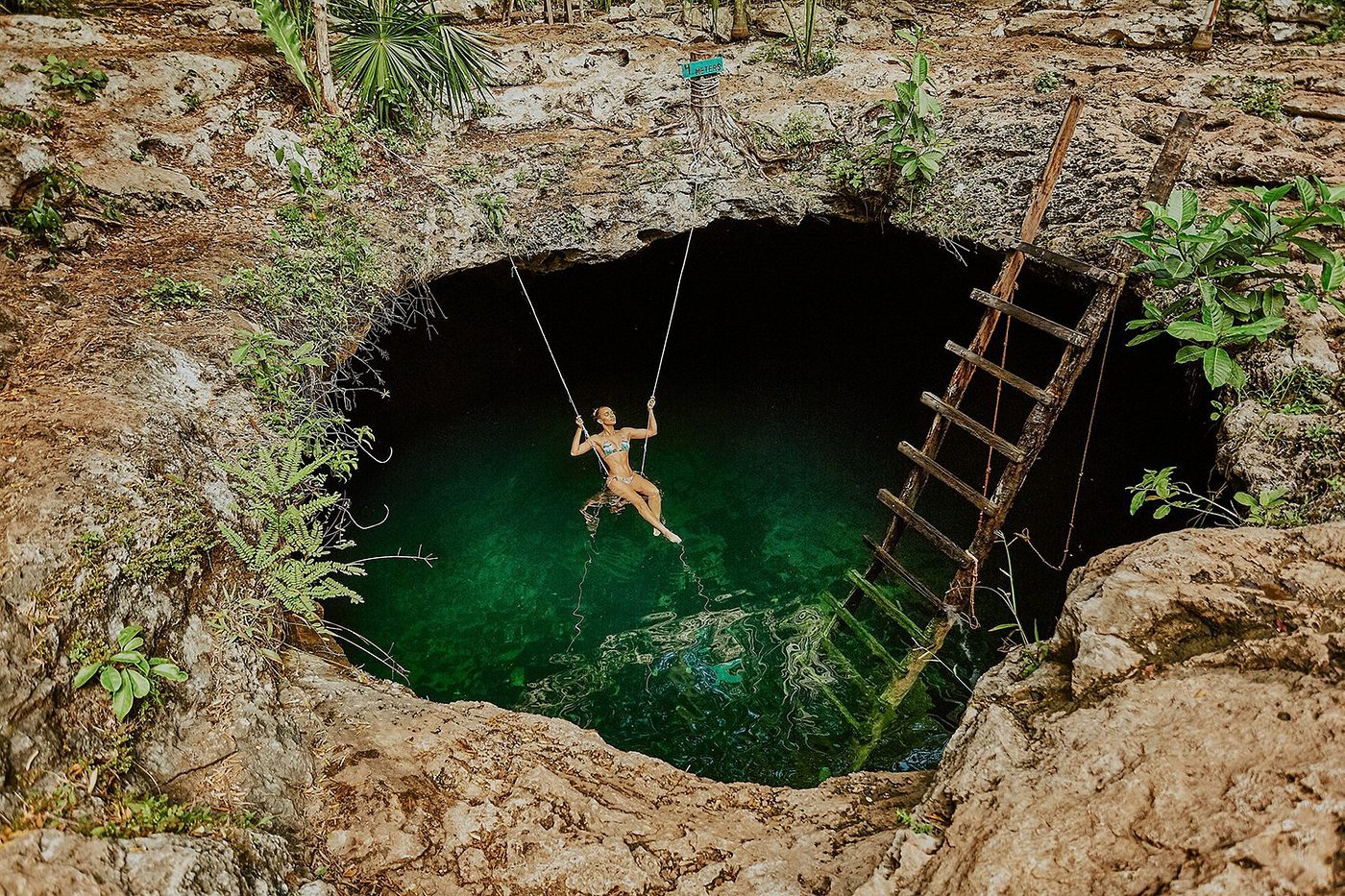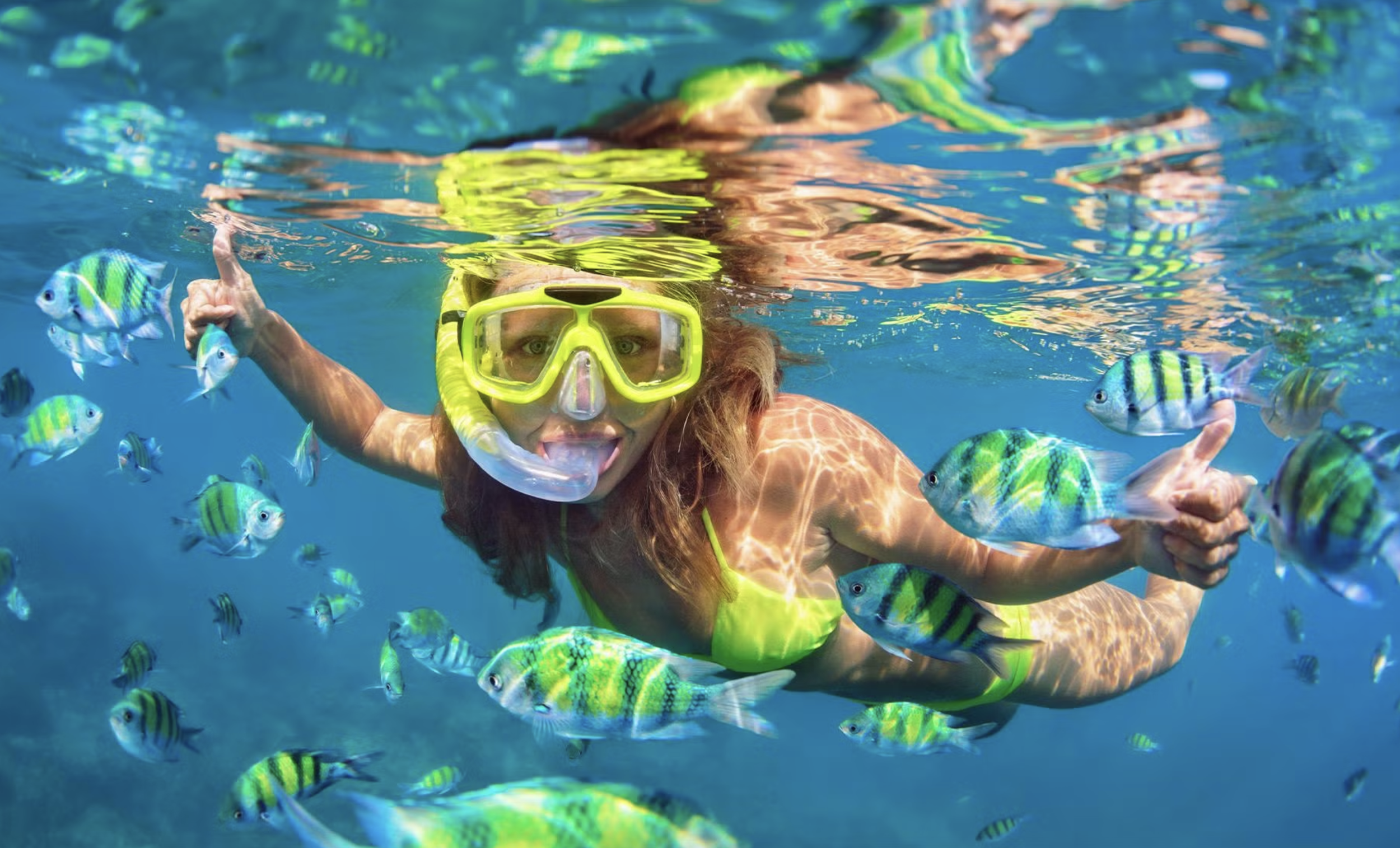6 Steps You Can Take to Travel More Consciously
Written by Alex Ruelase
We travel because we love to see the world. Beautiful landscapes and colorful traditions compel us to go far and experience the wonders of our planet. But we are now in a time when we must be mindful of how we do so to make sure we’re not harming the very places we love.
It is no easy conundrum. However, there are a few steps that you can take to make your holidays more sustainable. We have compiled here a brief list of recommendations that every traveler can follow, from tips for reducing your carbon footprint to finding new ways of engaging with nature in fascinating parts of the world.
Fly direct
You’ve probably heard this before, but few things increase your carbon footprint more than air travel. The thing is, getting a plane up in the air requires a lot of fuel. But until we have electric planes or teleportation, there are few alternatives for traveling long distances.
Now, the most fuel-intensive parts of every flight are takeoff and landing. According to NASA, about 25 percent of emissions occur in these stages, so the less you do it, the better. Thus, flying non-stop goes a long way to cutting back your greenhouse gases. Plus, no one has ever been too fond of layovers, so win-win.
Engage with community tourism
To find the most authentic side of a destination, one must go off the beaten path. Community conservation and ecotourism projects are a great way of doing this. Visiting these kinds of initiatives can do wonders to improve our relationship with the environment. There are several reasons for this.
Firstly, community conservation and ecotourism projects allow people to make a living from their land, which keeps in check more aggressive forms of development. They become stewards of rich and biodiverse ecosystems. Secondly, they permit old ways of producing and being in nature to continue. In the Riviera Maya, this takes the form of, for example, melipona beekeeping and traditional agricultural techniques, both of which provide livelihoods and enhance natural systems.
Moreover, community tourism enables visitors to connect with the land more profoundly. Interacting with people and having experiences unique to a place can lead to a better understanding of what it means to be in touch with the more-than-human world and the culture that comes with it. Just keep in mind, this is not the kind of “connection” one can find in spas or Maya rituals staged for tourists. The Maya are modern people who happen to preserve ancient traditions. Meeting them in their communities, where we arrive as guests, can make us grasp nature and culture differently.
Hop on a bike
A very effective way of reducing your carbon footprint is to use a vehicle as little as possible. A fossil fuel vehicle, that is. So why not ride a bike?
Playa del Carmen and Tulum are well known for being places where it’s a delight to cycle around. In Playa, there is even a bike-sharing system called BiciPlaya, which has multiple stations around the city and allows you to buy a period pass – just for a few days or up to a year – so you can grab any bike at any station at any time.
While in Tulum there isn’t such a system, you can still easily rent a bike and get around the way this beach town is meant to be seen. Many private villas offer bicycles to their guests, and if yours does not, your Experience Host can easily arrange that for you.
Avoid single-use plastic
People, we have to use less plastic. Humanity produces over 380 million tons of plastic yearly. Up to 50% of that are single-use items, such as bottles, shopping bags, and takeaway containers that are used once and then thrown in the trash. Plastic, as you know, is virtually indestructible. It sits in landfills for centuries and can end up in waterways and oceans, severely polluting marine ecosystems. It is estimated that around 10 million tons of plastic are dumped in the sea every year. It needs to stop.
There are several things travelers can do to tackle plastic waste. Whenever you can, choose products that are mindful of their packaging and companies with recycling schemes. Also, avoid single-use items even if they are recyclable. As much as 90% of plastic will never be recycled, so the best policy is to avoid it altogether. Bottles, bags, containers – there are beautiful reusable alternatives for all of these.
But above all, consume less. Reusable items are great, but if we buy another cotton tote every time we need a bag to carry groceries, we are making the problem worse (cotton bags are much more resource-intensive than plastic ones). So go for that timeless formula: reduce, reuse, recycle. And remember, the best plastic product is the one you did not buy.
Know where your products come from
Products have long histories. Everything we buy, from food to moisturizing cream, depends on complex supply chains that involve the extraction and transformation of raw materials, which can have a massive impact on the planet. If we know how our products are made, we can monitor that sourcing those materials is done in ways that minimize environmental harm.
For example, choosing sustainable self-care brands – for things such as hand cream, sunscreen, and mosquito repellent – can not only reduce our waste output but will ensure that we buy products made in ways that do not harm nature. In the Riviera Maya, local brands are already working to make organic, artisan, and biodegradable products that are good for the ecosystem.
Food is also important. Seafood, in particular, since we’re in the Caribbean. Many restaurants in the area are doing their best to ensure they get their supplies from sustainable fisheries. In Playa del Carmen, for instance, Axiote and La Fishería – where you’ll find exquisite food – are working to ensure that all their products are fished following sustainability guidelines.
Offset your emissions
There are some impacts that we cannot avoid. Carbon emissions are already embedded in everything we consume, and it is sometimes impossible to move around without relying on fossil fuels. But there is a way to make up for it.
It’s called offsetting and it consists of calculating your emissions and then donating to protect or restore an ecosystem that can absorb an equivalent amount of carbon dioxide from the atmosphere. For instance, the Blue Carbon Calculator, a wonderful tool developed by The Ocean Foundation, enables you to easily estimate the footprint of your holiday and then donate to protect seagrass meadows, which are surprisingly good at locking away carbon. That way, your journey can be carbon neutral and not contribute to global warming.
Keep in mind, it is better to avoid emissions than to offset them. After all, we already need to pull massive amounts of CO2 out of the atmosphere. However, offsetting your emissions can be a huge aid to finance the conservation of ecosystems that are crucial to combat climate change.









































Planning a family vacation in the Riviera Maya? Discover why staying in a private villa offers more space, privacy, and comfort for an unforgettable trip with your loved ones.